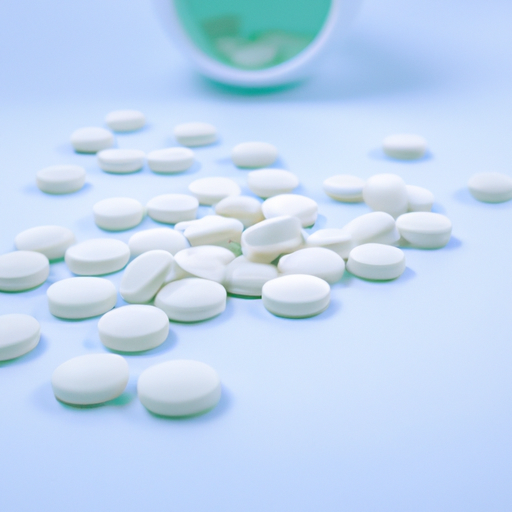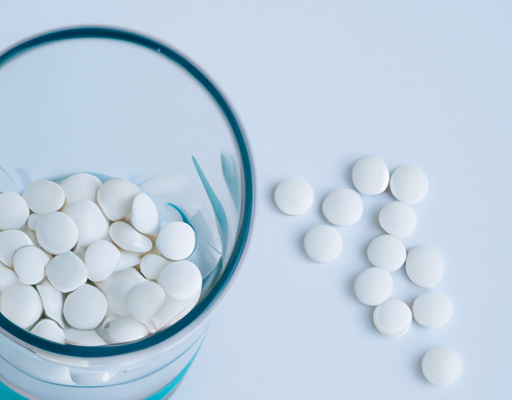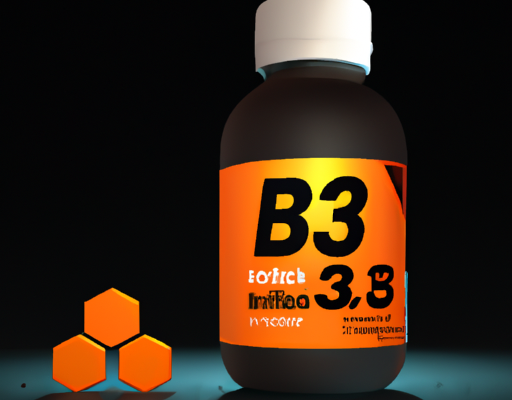Cause
When it comes to skin conditions, hives and dry skin can be easily mistaken for one another. However, the root cause of each condition is quite different. Hives are caused by an allergic reaction to a particular substance, resulting in raised, red bumps on the skin that can be intense and cause itching. Dry skin, on the other hand, is a result of environmental factors such as low humidity or extreme temperatures. It can cause tightness, redness, and an overall lack of moisture in the skin. In some cases, environmental factors can contribute to both conditions, but identifying the source of the problem is key in determining the best course of treatment.
Symptoms
When it comes to the health of your skin, hives and dry skin can both be signs of distress. Hives, also known as urticaria, are an allergic reaction that results in red, swollen, itchy bumps or welts on the skin. These bumps can vary in size and appear and disappear quickly. In some cases hives will even move around the body as the reaction progresses. Dry skin, on the other hand, is caused by a lack of moisture in the skin, typically due to exposure to cold and dry weather, over-washing, or using harsh soaps. It can cause the skin to be itchy, flaky, and red. In both cases, seeing a physician can be helpful in determining the cause and providing relief.
Diagnosis
When it comes to diagnosing the difference between hives and dry skin there are a few key points to consider. Identifying the cause of the skin condition is the first step. Here are some tips that can help:
- Check for signs of redness, itching, or swelling
- Look for raised, red, and itchy welts
- Examine the skin for rough, scaly patches
- Be aware of any changes in the affected area
- Pay attention to the time it takes for the skin to heal
If the skin condition persists or becomes worse over time, it is important to consult with a doctor. A doctor can provide a proper diagnosis and treatment plan. With the right knowledge and care, hives and dry skin can be managed and treated.
Treatments
When it comes to treating hives and dry skin, the first step to take is to identify the underlying cause. If the cause of the hives or dry skin is an allergic reaction, then the best course of action is to avoid contact with the allergen. If the cause is an illness, then treating the illness will help to reduce the symptoms. In some cases, antihistamines or other medications may be prescribed to reduce the itching and inflammation associated with hives or dry skin. Additionally, topical creams and ointments can be applied directly to the affected area to help soothe and moisturize the skin. Applying cool compresses to the skin can also reduce itching and inflammation. Drinking plenty of water helps to keep the skin hydrated, while avoiding harsh soaps and detergents can help to reduce dryness.
Health Complications
Hives and dry skin can both be indicators of underlying health issues. This means that it is important to take any changes in the condition of your skin seriously. Poorly managed hives may lead to serious allergic reactions and inflammation. Additionally, a buildup of dry skin can cause skin cracking and bleeding, leading to increased risks of infection. Individuals with a history of allergies, asthma, and eczema should be especially vigilant about skin conditions. Generally, staying hydrated and using mild moisturizers can help soothe itchy skin and reduce flare-ups. It is important to be mindful of any changes in your skin and speak with a healthcare provider if you notice any signs that may signify a skin or immunity issue. Taking the proper steps to properly care for your skin can help to protect you from potential complications.





No Comments